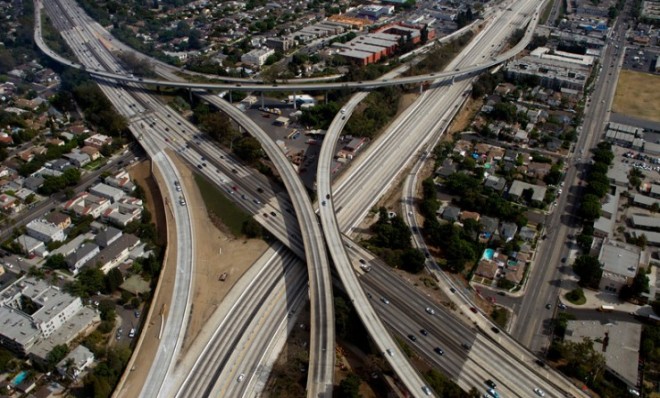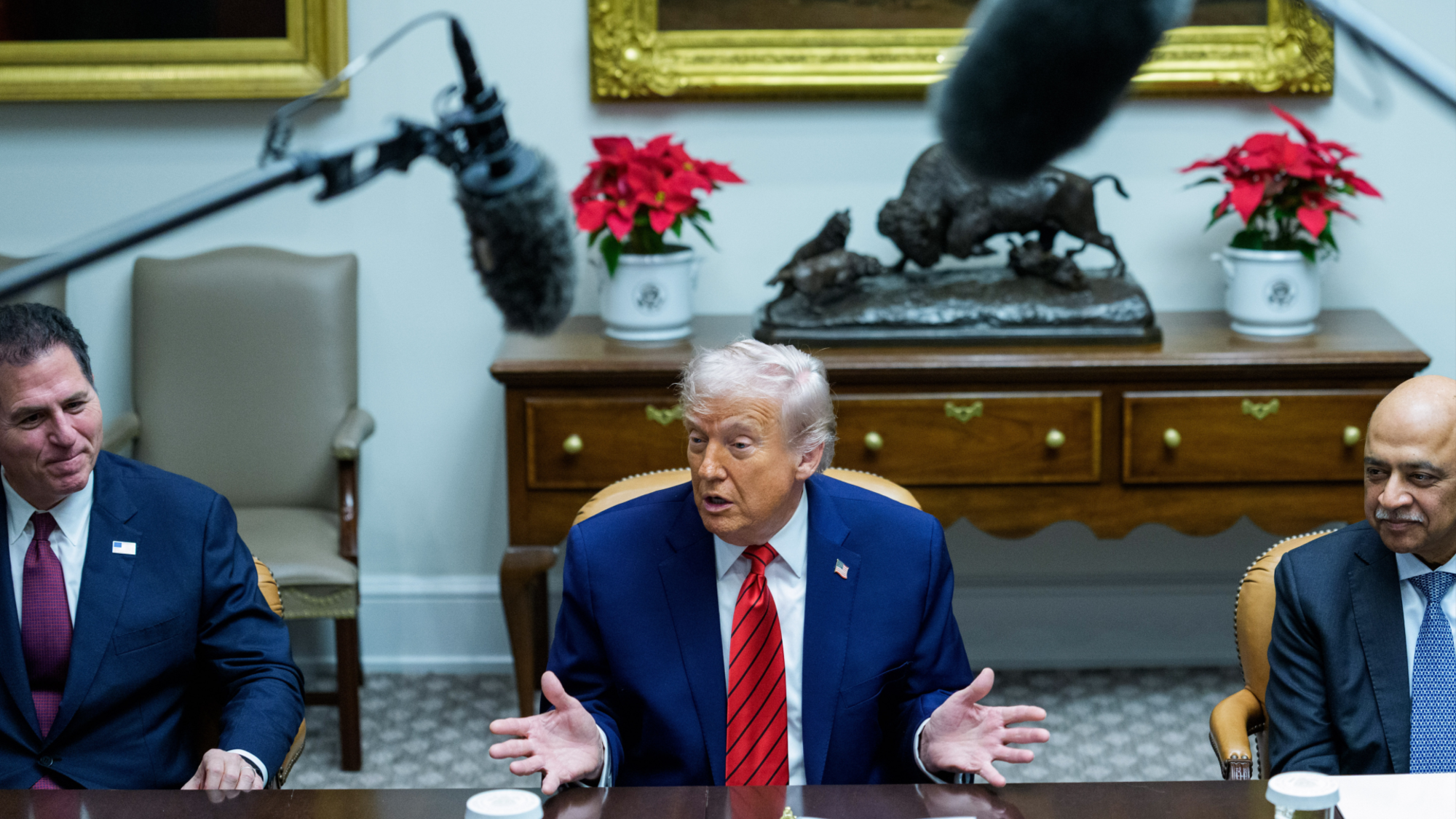How investing in infrastructure could reduce our long-term debt
Infrastructure spending moves people off of couches and into productive employment — and that makes us all better off


Suppose we could enhance our long-run growth prospects, reduce our long-term unemployment problem, and reduce our expected future debt at the same time. Would that be a policy worth pursuing?
Infrastructure spending in an economy such as ours, one with high and persistent unemployment and considerable infrastructure needs, has these features. It puts people to work on projects that promote economic growth — economic growth is one of the best ways to reduce the long-run debt burden — and money spent on infrastructure maintenance and repair saves us money in the long-run.
How can spending more now, which increases the deficit, decrease our long-run debt burden? Consider spending on infrastructure maintenance and repair first, and think about a similar situation for households and firms. When a household hits hard times due to unexpected expenses, it’s possible to delay routine maintenance on things such as the car that is needed to get to work each day. The same is true for a business. When times are tough, maintenance on the production line, the trucks needed to deliver goods, and so on can be put off. But it cannot be delayed forever, and the household or business may need to borrow money to pay for the maintenance and repairs even if debt burdens are already relatively high.
The Week
Escape your echo chamber. Get the facts behind the news, plus analysis from multiple perspectives.

Sign up for The Week's Free Newsletters
From our morning news briefing to a weekly Good News Newsletter, get the best of The Week delivered directly to your inbox.
From our morning news briefing to a weekly Good News Newsletter, get the best of The Week delivered directly to your inbox.
Keeping the car running, the fleet of trucks on the road, and the production line in operation allows the worker and firm to earn the income needed to pay back the money borrowed for the routine maintenance, and to pay off other debt as well. That wouldn’t be possible — debts are unlikely to be paid off — if the maintenance is skipped and the car or production line breaks down catastrophically and suddenly there is no job or business at all.
Infrastructure spending for the nation as a whole is no different. It is also an instance of, to quote an old commercial, "pay me now or pay me later." We have deferred routine maintenance for far too long, and although Republicans aren’t about to approve new spending, spending money now to repair our infrastructure would avoid much larger bills in the future. It would reduce, not increase, our expected long-term debt burden.
The need for infrastructure maintenance and repair is relatively clear, but what about investing in brand new infrastructure? With such a large deficit, can we afford to make new infrastructure investments? When a firm in the private sector is deciding whether to make an investment of this type, it compares the expected costs and benefits of the project. If the expected benefits — the present and future revenue that comes from the investment — are larger than the expected costs, then the investment is worthwhile.
We are in a situation where the costs of infrastructure construction are very, very low. Interest rates are near zero, a sign that the financial community has no worries about loaning us the money, so borrowing long-term has very little interest expense associated with it. In addition, high unemployment has reduced wage costs, and low demand for raw materials due to economic troubles in developed economies has reduced the price of the other inputs that are needed for infrastructure construction.
A free daily email with the biggest news stories of the day – and the best features from TheWeek.com
We are also in a situation where the benefits from new infrastructure are very large. The construction of new infrastructure has not kept up with our needs — roads, bridges, water systems, electrical systems, ports, and so on are all in need of attention — and we have not taken full advantage of the latest technological advances that will ensure we are competitive in a global economy. High benefit projects are not hard to find.
And there are additional long-run benefits from infrastructure spending as well. Long-term unemployment, which is abnormally high right now, imposes long-term costs on the economy in the form of higher social costs and lower economic growth. Infrastructure spending moves people off of couches and into productive employment so that we avoid these costs — growth is higher and social costs are lower — and that makes us all better off.
The low costs and high benefits of infrastructure spending in the present economic environment give us an abundance of projects that would easily pass a cost-benefit test. Our failure to take advantage of these opportunities is, in essence, leaving money on the table. That wouldn’t happen in the private sector, and there’s no reason for government to do this either.
We have two big problems, crumbling infrastructure and long-term unemployment, both of which can be addressed in a way that will save us money in the long-run. But the scare-mongering over the deficit that Republicans have used in their attempt to reduce spending on programs such as Social Security and Medicare and, ultimately, to lower taxes on the wealthy stands in the way of making these needed investments in our future. That could prove costly for years and years to come.
More from the Fiscal Times:
* 'Hipster' infrastructure backer LaHood to leave cabinet
-
 What role will Trump play in the battle over Warner Bros. Discovery?
What role will Trump play in the battle over Warner Bros. Discovery?Today’s Big Question Netflix, Paramount battle for the president’s approval
-
 ‘The menu’s other highlights smack of the surreal’
‘The menu’s other highlights smack of the surreal’Instant Opinion Opinion, comment and editorials of the day
-
 Education: More Americans say college isn’t worth it
Education: More Americans say college isn’t worth itfeature College is costly and job prospects are vanishing